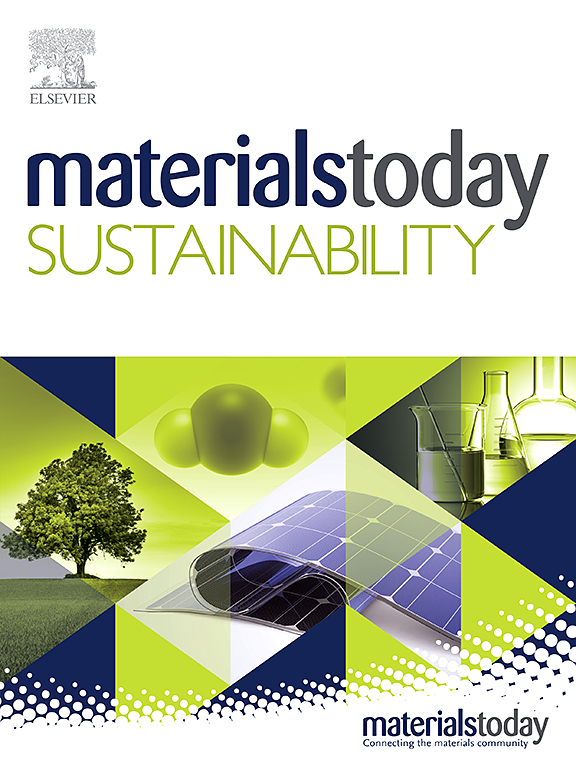Advances in hollow fiber membrane contactors for CO2 stripping
IF 7.1
3区 材料科学
Q1 GREEN & SUSTAINABLE SCIENCE & TECHNOLOGY
引用次数: 0
Abstract
Alkanolamines are most commonly used solvents for CO2 capture because of their high absorption capacities and reversibility. The energy-intensive nature of amine-based CO2 capture, as well as high capital cost, inhibits its widespread application. Amine solvent regeneration accounts for more than 60% of the overall CO2 capturing cost. Global interest in reducing CO2 emissions efficiently shows the urgency of advancements in carbon capture. Hollow fiber membrane contactors (HFMCs) give a promising option for solvent regeneration, offering benefits like functional adaptability, versatility, and decreased energy utilization. The latest developments in the use of HFMCs for CO2 stripping in amine-based carbon capture processes are examined in this paper. The review includes an assessment of membrane materials, fabrication approaches, module developments, and innovation challenges. The challenges of scaling up membrane contactors for industrial applications are considered, emphasizing interdisciplinary collaboration, technological advancement, and environmentally friendly methods. Membrane contractors have the potential to significantly contribute to global efforts for a sustainable and environmentally conscious future as the world moves toward a low-carbon future. Further research on optimizing HFMC materials and understanding their industrial effect is essential to fully realize their potential in large-scale CO2 separation processes.
CO2汽提用中空纤维膜接触器研究进展
烷醇胺因其高吸收能力和可逆性而成为二氧化碳捕获最常用的溶剂。胺基二氧化碳捕获的能源密集型性质以及高昂的资本成本阻碍了其广泛应用。胺溶剂再生占二氧化碳捕获总成本的60%以上。全球对有效减少二氧化碳排放的兴趣表明了在碳捕获方面取得进展的紧迫性。中空纤维膜接触器(HFMCs)为溶剂再生提供了一个很有前途的选择,具有功能适应性、多功能性和降低能源利用率等优点。本文综述了在胺基碳捕集工艺中使用氢氟烃类进行CO2汽提的最新进展。这篇综述包括对膜材料、制造方法、模块开发和创新挑战的评估。考虑到扩大膜接触器工业应用的挑战,强调跨学科合作,技术进步和环保方法。随着世界走向低碳的未来,膜承包商有可能为全球可持续发展和环保意识的未来做出重大贡献。为了充分发挥HFMC在大规模CO2分离过程中的潜力,进一步研究优化HFMC材料并了解其工业效应是必不可少的。
本文章由计算机程序翻译,如有差异,请以英文原文为准。
求助全文
约1分钟内获得全文
求助全文
来源期刊

Materials Today Sustainability
Multiple-
CiteScore
5.80
自引率
6.40%
发文量
174
审稿时长
32 days
期刊介绍:
Materials Today Sustainability is a multi-disciplinary journal covering all aspects of sustainability through materials science.
With a rapidly increasing population with growing demands, materials science has emerged as a critical discipline toward protecting of the environment and ensuring the long term survival of future generations.
 求助内容:
求助内容: 应助结果提醒方式:
应助结果提醒方式:


